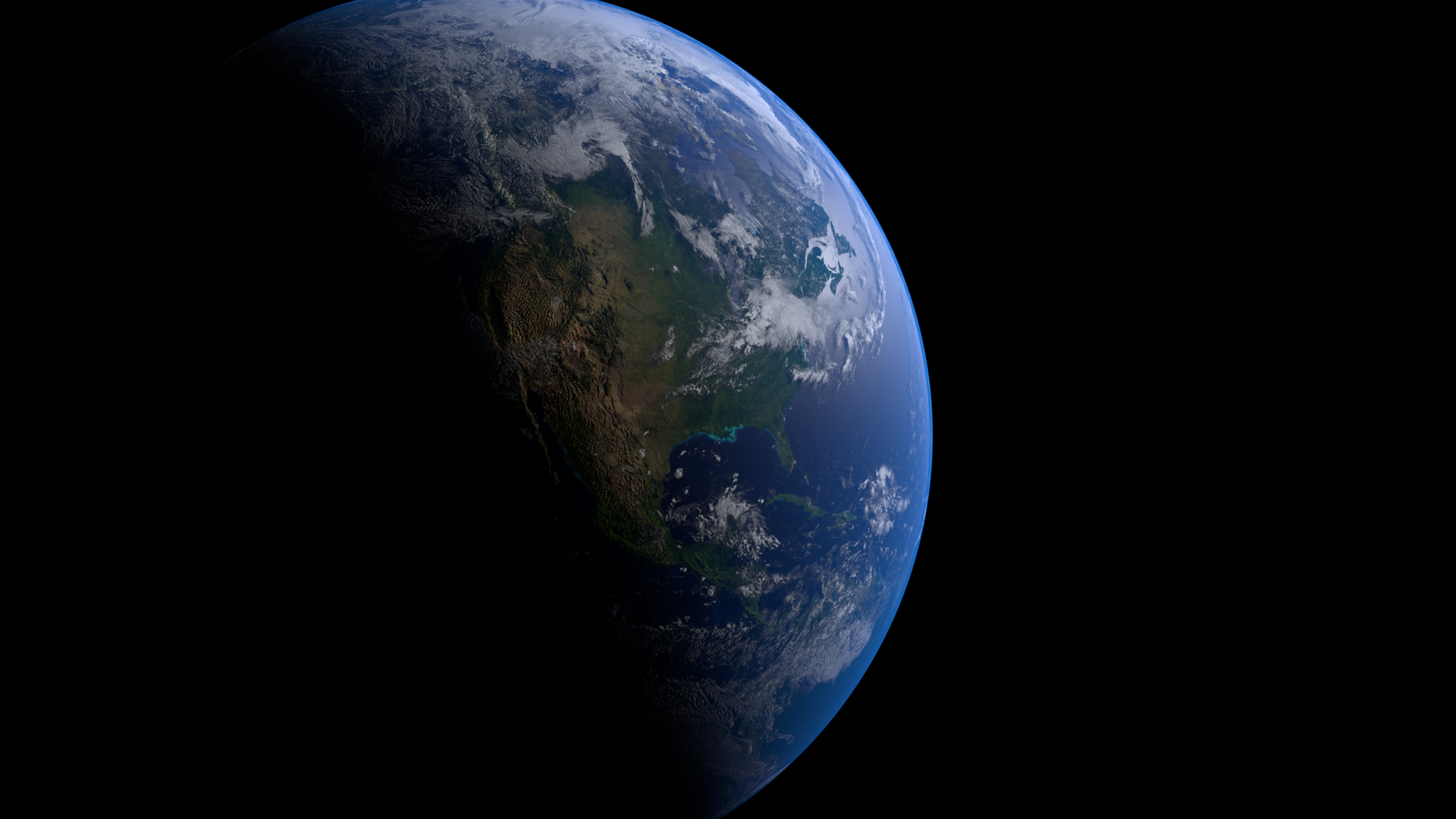3D Visualization & Modeling in Blender.
This section features two projects created in Blender, both exploring how realism, lighting, and perspective can turn digital objects into believable scenes. The first is a 3D Earth model built from NASA data, and the second is a photoreal kitchen render featuring a hand-modeled donut, plate, and cup composited seamlessly into a real photograph.





Process
I approach 3D design the same way I approach visual storytelling—by starting from first principles and studying how light, surface, and context interact in the real world.
For the Earth visualization, I used NASA topographic, satellite, and cloud map data to create layered realism. The topography was extruded to true elevation, clouds cast actual shadows, and reflectivity changed dynamically between land and water to simulate accurate albedo. A final atmospheric layer added a soft blue edge through volumetric scattering, producing that subtle planetary glow.
For the kitchen scene, I began with a flat photo of a real kitchen, then modeled new objects—a plate, a donut with icing and sprinkles, and a ceramic cup—entirely from scratch. By analyzing the image’s light direction, color temperature, and vanishing points, I matched the scene’s geometry and cast shadows that aligned perfectly with the environment. The end result is a composite that looks like a genuine photograph, where digital and real elements coexist naturally.
Tools Used
Blender (modeling, texturing, lighting, rendering)
NASA Blue Marble and cloud dataset imagery
Custom shader nodes for water reflectivity and atmospheric glow
Key Skills Highlighted
3D modeling, texturing, lighting, composition, photo-matching, and realistic rendering.
Result
Both projects show how technical precision and artistic control can merge into realism. Whether modeling the curvature of the planet or placing a donut in the perfect beam of light, my focus remains the same—make the digital feel real, and the real feel designed.

